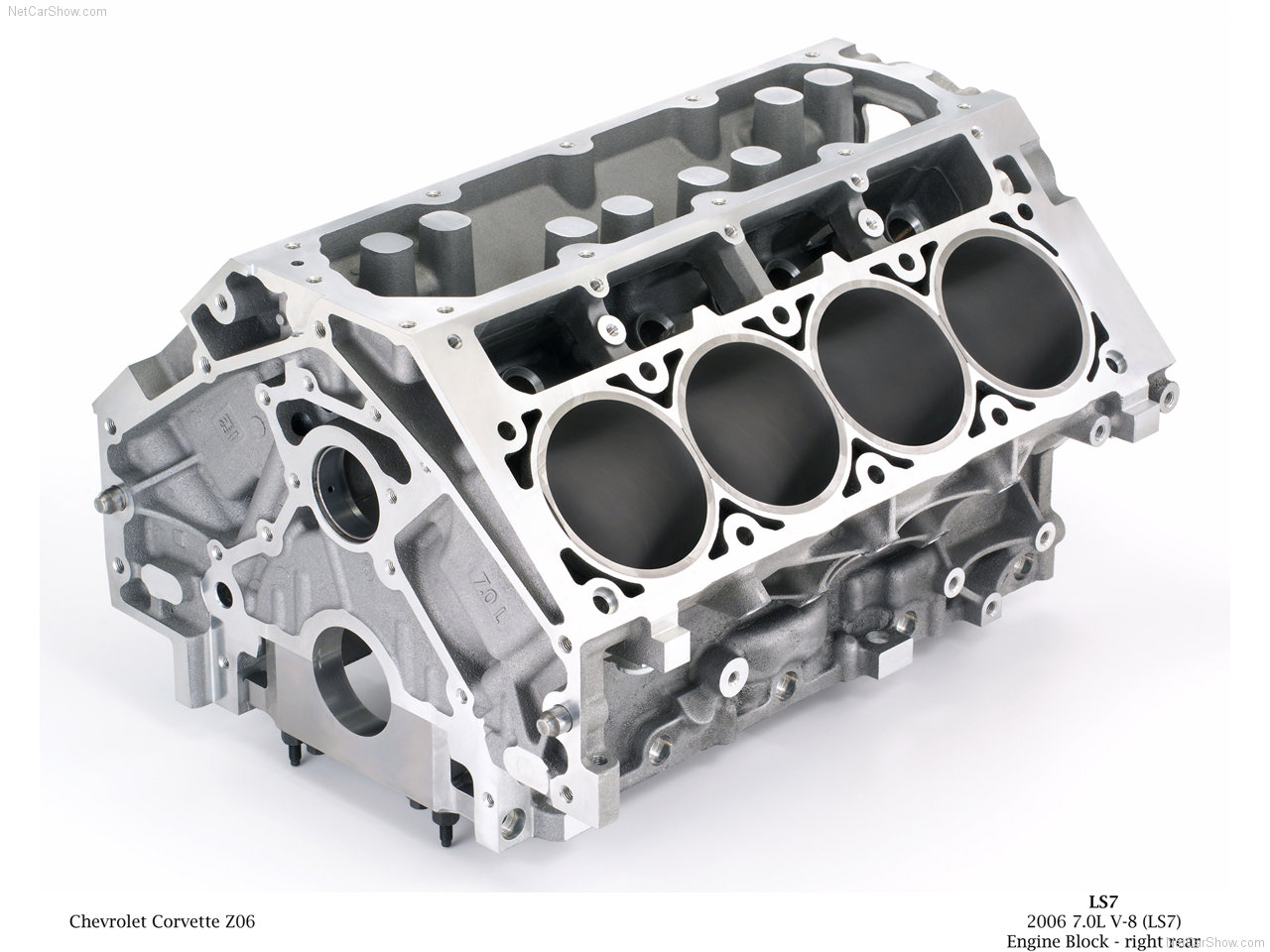Feature article
What is a V8 engine?
The V8 is synonymous with power and prestige, but for the uninitiated, just what is a V8 engine?

Of all the different engine formats, the V8 would have the most loyal following. It’s a charismatic engine with a distinct exhaust note, a long history and an abundance of pull. The V8 is synonymous with power and prestige, but for the uninitiated, just what is a V8 engine?
Named for its shape
The V8 engine gets its name from having eight cylinders which are arranged in the shape of a V. It has two banks of cylinders, with four on one side and four on the other, usually with a 90 degree angle between each bank. That differs from an engine with its pistons lined up in a row in a single bank, like your typical four cylinder and some six cylinder engines.
The V8 dates back to the early 1900s and was first used in boats and airplanes where its power and torque production proved helpful. Among the first car makers to use the V8 engine were Rolls Royce, Renault and Cadillac, the latter was the first to put the V8 into mass production. Ford also adopted the engine format to bring the power to the people.
What is the advantage of the V8?
The V8 engine operates under the same basic principles as any other four-stroke engine but it has some advantages. With more cylinders in operation compared with a four or six cylinder engine, it generates more power strokes per rotation of the crankshaft, and therefore makes more torque.
It’s also better balanced than an inline engine. A V8’s pistons are arranged in pairs, and so while a piston on one side of the engine is going up, it’s mate on the other side of the engine is going down, and so this helps balance out the force of each pistons’ movements, making for a smoother operation with less vibration.
This makes the V8 a good fit for luxury cars where the need for both a lot of power but also refinement is called for.
Arranging the cylinders in a V also makes the V8 quite compact relative to its cubic capacity, most V8s being shorter in length than an inline six cylinder for instance.
On the flipside, V8s are usually heavier than a four or six cylinder engine, have a higher centre of gravity and are more complex and expensive to make due to the increased number of parts.
What’s a pushrod V8?
Not all V8 engines are the same. A pushrod V8, a design favoured by American makers like Chevrolet and Ford, has a single camshaft in the middle of the engine block and uses something called pushrods to activate the valves. These V8s typically have just two valves per cylinder.
A V8 with overhead cams has its camshafts in the cylinder head which act directly on the valves. Thanks to this arrangement, these V8s usually have four valves per cylinder. That allows these V8s to breathe better, allowing more air in and out which is good for power production. Typically, a pushrod V8 is less complex, more compact and cheaper to make while an overhead cam V8 can make more power from a similar displacement and revs faster, but is more complex and expensive.
Author
Other articles you might like






